Licensing your photos
If you've considered making money from your photography, licensing your photos can be a good way to do it. (Working on commissions and selling prints are the other popular ways of making money).
There is quite a high demand for stock photos. Businesses are looking for photos to use on their products, or for advertising their products. Magazines and websites want photos to illustrate their articles. And there are many other uses.
Most organizations can't afford to commission a photographer every time they need a photo, and so instead they look for existing photos that illustrate what they are looking for. They then pay the photographer (or the photographer's agency) a fee for use of the photo.
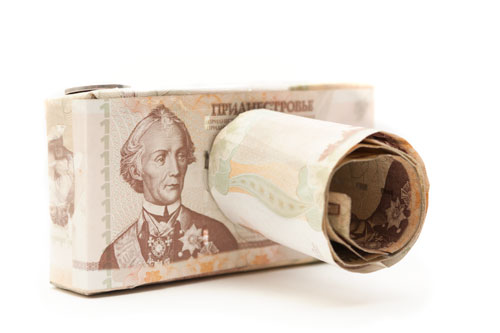
Make money from your camera, not the other way round
Getting your photos found
So, if you want to sell your photos, the first step is making sure that companies and individuals searching for photos can find your photos. There are three main places that people look for photos to license:
- Stock photo agencies
- Large photo sharing websites
- The web (using a search engine)
Stock photo agencies
These are probably the most popular place where people look for photos to license. This is mainly because any photo listed with an agency is obviously for sale. Photos must also meet certain quality guidelines, and there is usually a clearly defined pricing plan. Photos will have descriptions and keywords, which makes it easier for the searcher to find an image that matches what they are looking for.
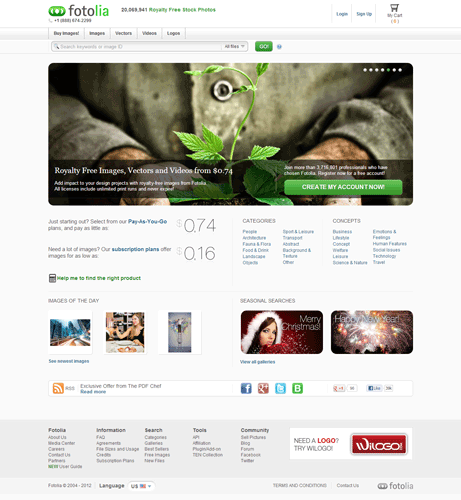
The Fotolia microstock website
It might seem that listing your photos with a stock photo agency (or maybe even more than one agency) is an obvious choice. But, the sting is that the agency will take a commission on each sale. Sometimes this commission can be very high, e.g. 70%. The agency also sets the pricing for the image, and may set a very low price so you end up getting hardly anything for your image sale.
There are two main types of stock photo agency - microstock and macrostock. Microstock agencies sell images very cheaply, the idea being that you can sell an image many times cheaply, and so make a reasonable amount of money.
Examples of microstock websites are:
Macrostock agencies typically price photos much higher. So you might not see many sales, but when you do get a sale, it should bring in a decent amount of money.
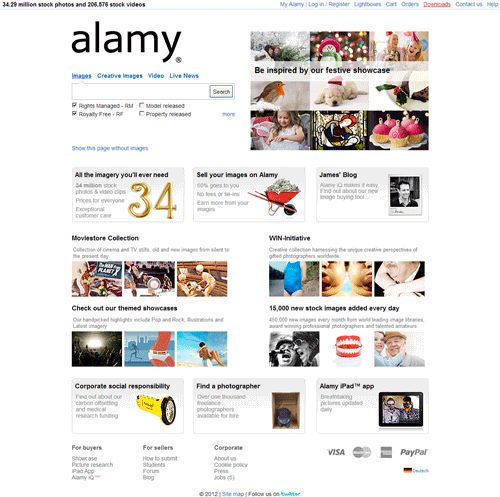
The Alamy macrostock website
Examples of Macrostock websites are:
Large photo sharing websites
When I say large photo sharing websites, I am mainly referring to Flickr. Flickr has a massive library of user contributed images, and along with its search facilities, this makes it a reasonably popular website for people looking for photos to license.
Licensing photos can be done three ways on Flickr:
Opt in to the Getty images licensing program - this means that a "Request to license [your name]'s photos via Getty Images" link will appear in the image page. People wanting to license the photo can then click that link to purchase a license. Getty will take a 70%-80% commission on any sales.
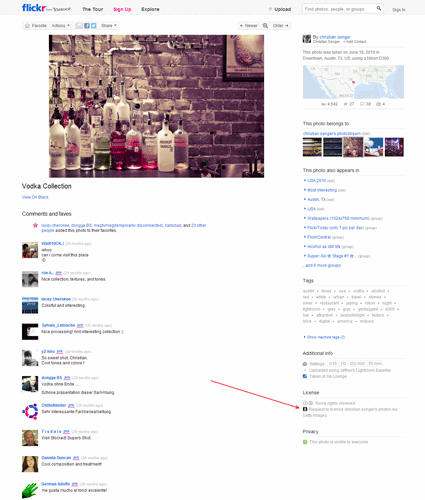
Image on Flickr by Christian Senger with both creative commons and Getty licensing optionsYou can write in the image description that anyone wanting to license should contact you. If someone finds your photo and wants to license it, the note in the description makes it obvious that they can license the image. They can then just send you a private message on the website to negotiate a license for the image.
You can choose a creative commons license for your photos when adding them to some websites (like Flickr). This grants licenses automatically, and you don't earn any money from it. It does have some benefits, covered in the section on Creative Commons below.
The web (using a search engine)
Rather than searching a specific website for images to license, some photo buyers just search the entire internet. If you have your photos listed on a stock agency website, or on a photo sharing website, then your photos may come up in general internet searches anyway.
Alternatively (or as well), you can set up your own photography website. Here you can add all your photos for sale. There are quite a few companies that can provide photography websites, the two most popular are probably smugmug and zenfolio. They both have options that allow you to license your photos.
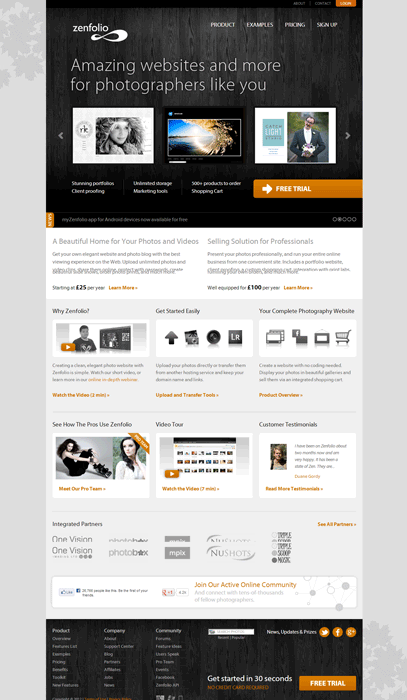
Zenfolio provides websites for photographers
The benefit of having your own website to license your photos through is that you take the large majority of any payment made for licensing a photo. There is no agency in the middle to take a big chunk of commission from the payment. You can also set your own pricing, and charge whatever you want.
To get your photos found using any of these methods, it is important to have photos with good descriptions and keywords. The description describes what is shown in the photo. The keywords are words that people might search for when searching for the photo.
If you feel stuck, try finding some existing images by other people similar to yours, and see what they've written for their description and keywords. Don't copy, but it should give you an idea of what to write.
Things to be aware of when licensing your photos
When licensing your photos, you need to be careful so that you don't end up subject to a lawsuit. For non-editorial usage, photos that contain a recognizable person need a model release. This certifies that the person is happy for their likeness to be used for promoting a product or service. You can find a variety of example model releases through a quick internet search.

Model Release signed - "before the shoot" by Vox Efx on flickr (licensed CC-BY)
If the person is not recognizable, e.g. it is just a photo of their hand, a model release would likely not be necessary. But most stock photo agencies will require a model release any way, just in case.
Likewise, if property in a photo is recognizable, it may require a property release. If the building is trademarked or famous, then a release will very likely be required to license the image for commercial use.
Most stock photo agencies do not allow any photos containing recognizable brand names or logos, as this would require obtaining a release from the owner of the brand / logo.
Some stock photo agencies require exclusive licensing rights. This means that once you have listed the photo with that agency, you cannot list it anywhere else. There can be lots of other terms and conditions as well that vary from agency to agency. Be sure to read the contributors agreement before you start uploading photos.
Popular stock photography subjects
There are so many people looking for photos to use, for many different reasons. So any image may be suitable to be licensed as a stock photo. But there are some types of images that are in much greater demand than others.

Mango with section on a white background by bangdoll@flickr on flickr (licensed CC-BY-ND)
Images of subjects on white backgrounds (also known as silo photos) are popular. They are easy to seamlessly integrate with anything that has a white background (the majority of websites and paper documents / magazines). They are also easy for designers to extract the subject from the background, so the image can be used on any background or as part of a collage.
Photos that communicate a concept are popular. For example, healthy living, environment, ageing, communication, etc. Photos with people in are also popular.
Arty photos aren't in much demand for image licensing, but that does not mean there is no demand at all for them. They are still useful for things like covers on company reports.
Types of license
There are two main types of image license that you can grant - Royalty Free and Rights Managed.
Royalty Free
Royalty Free, or RF, is the license type used by most microstock agency websites. With an RF license, the user pays a one-time fee, then can use the image for whatever they like and as many times as they like.
Most agencies put a limit on the number of times the image can be used in total, but this number is usually very high. The fee paid for Royalty Free images is normally based on the image size needed.
Rights Managed
Rights Managed, or RM, is the license model used by most macrostock agencies. It means the user pays to use the image for a specific use and for a specific time. If they want to use the image again in the future, they will have to purchase another license.
The fee paid for Rights Managed images is determined by a number of factors, such as how large the image will be shown, where it will be placed, how many copies will be printed, what parts of the world (or a country) it will be distributed in, how long it will be circulated for, etc.
With Royalty Free licensing, a small company printing a photo on 500 leaflets to distribute in their town pays the same for a photo as a large company printing 500,000 and distributing nationwide. With Rights Managed, the large company would have to pay much more than the smaller company.
However, due to the very low pricing of most agencies that use the Royalty Free licensing model, the small company would probably still find it cheapest to purchase a Royalty Free license. (And the RF license would be an absolute bargain for the large company).
Exclusive use
Exclusive use of an image is something that can be used as part of a Royalty Free or Rights Managed license. It means that the purchaser (licensee) is the only one allowed to use that image. After an image has been sold for exclusive use, it cannot be sold again to another user.
In some (most) cases exclusive use will only be granted for a certain period of time. After that time expires, then you can sell the photo to other people as well.
If you are commissioned to take some photos for a project, you can use a rights managed license that gives the commissioning company an exclusive use license for a certain period of time (e.g. 3 years). Then after that period of time you will be able to resell the photos as stock and earn some extra money from them. Make sure that the commissioning company understands this and that it is written in the contract / license conditions though.
Creative Commons
Creative Commons (CC) is a type of Royalty free license. It is based on the idea of freely sharing information and resources. An image licensed using creative commons is free for people to use, with certain restrictions. There are different types of CC license available, but all require attribution.
Even if you want to make money from your photos, you shouldn't totally ignore creative commons. Using a non-commercial creative commons license, and applying the license to a small version of an image can have some benefits. If anyone wants a larger version of the image, or wants to use it for commercial purposes, they can contact you to negotiate a paid license.
People can use the small image for non commercial work, like illustrating an article on their blog. They will credit you as the image creator, and should provide a link back to the original image (whether this is on Flickr, your own website, or some other website). Very often people using your images in this way wouldn't be able / willing to pay for licensing an image, so you haven't really lost anything (other than the ability to grant an exclusive use license).
People searching for an image to license that can afford to pay, may then come across your image on a site where it has been used, when they wouldn't have found it otherwise. Links back from websites using your image will also help the original image to rank higher in search results. And so this can help generate more paid license sales, (and also print sales and commissions).
Bear in mind that whether you're selling images through an agency, through flickr, or through your own website, you are unlikely to get instant sales. To make a reasonable income requires hundreds of images covering popular subjects, and they must be of high quality and keyworded well.
Don't let this put you off licensing your photos though. Even if you only license one photo a year, it can still be nice to get a bit of extra income and know that people value your photos enough to pay for them.
Knowing the different types of licenses and their conditions can also be handy if you are commissioned to take some photos. It is unadvisable to hand over copyright of your photos for contracted work - instead work out image license terms that suit both you and the client.




